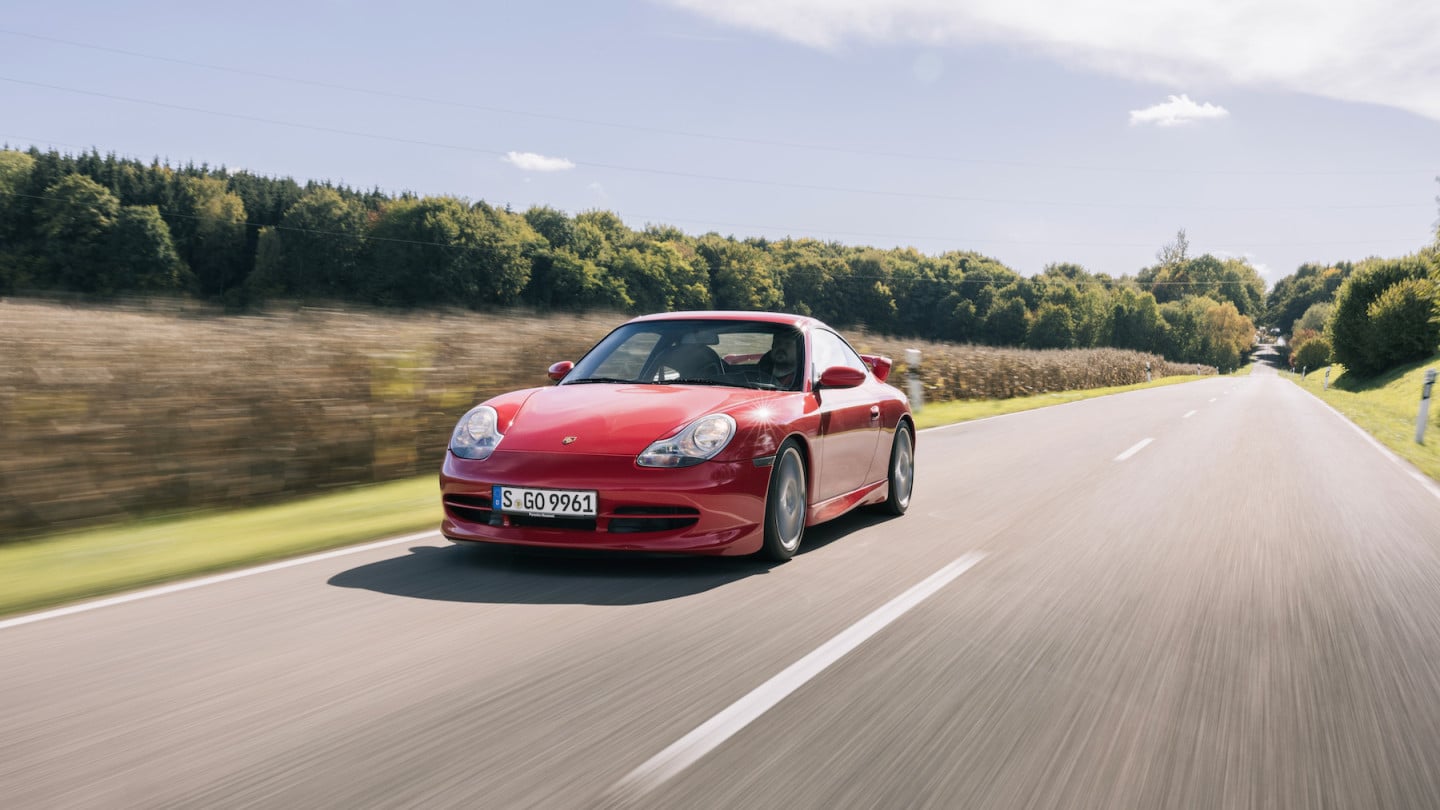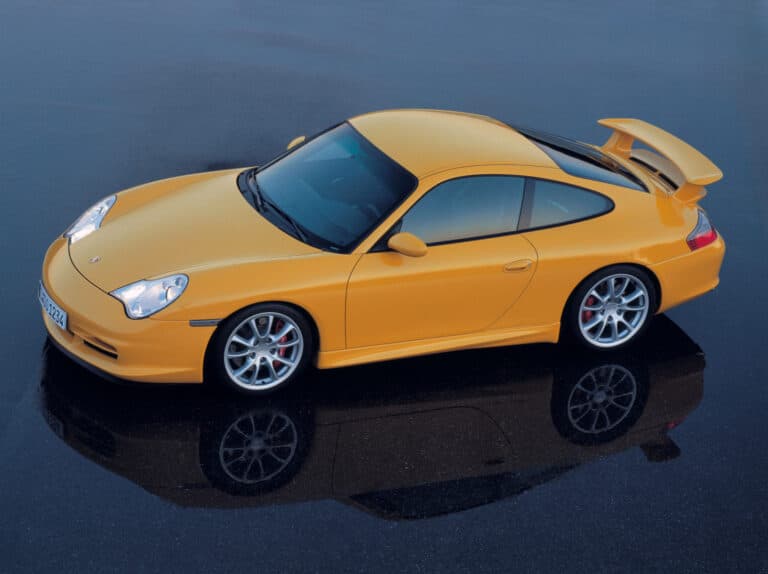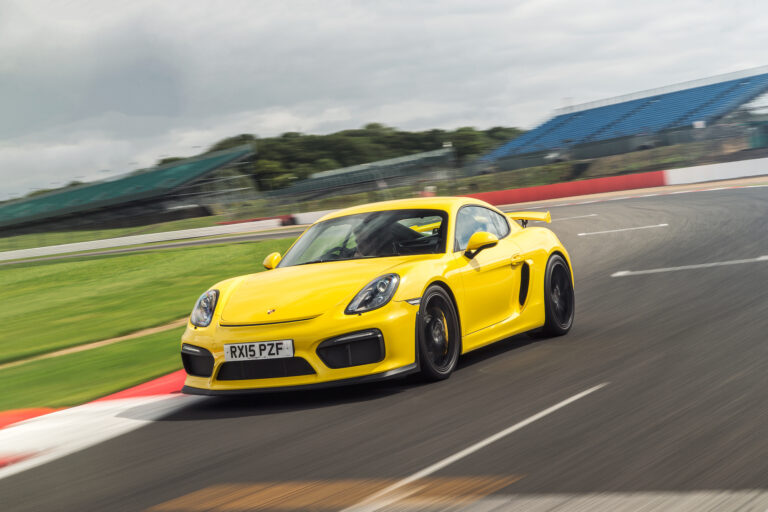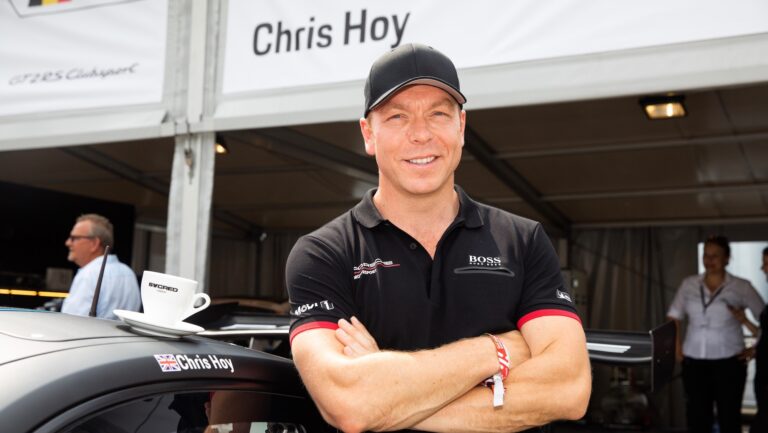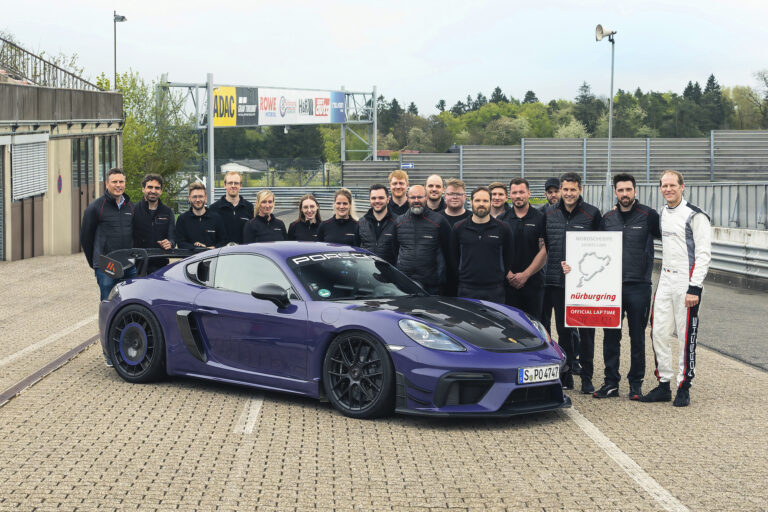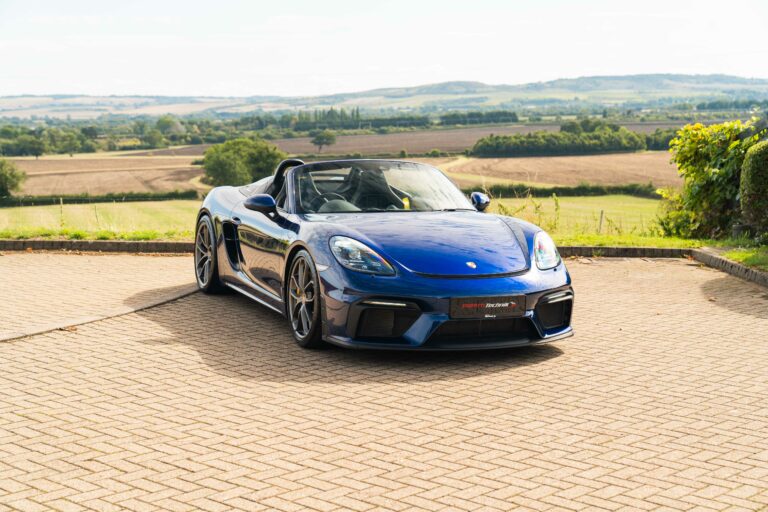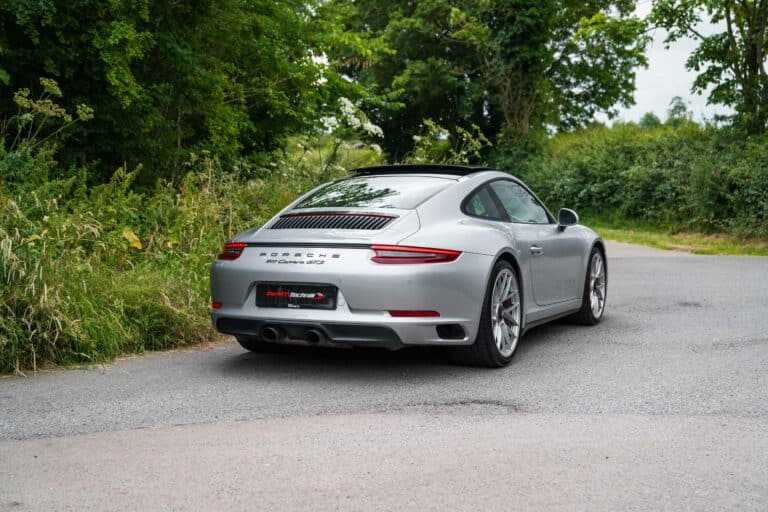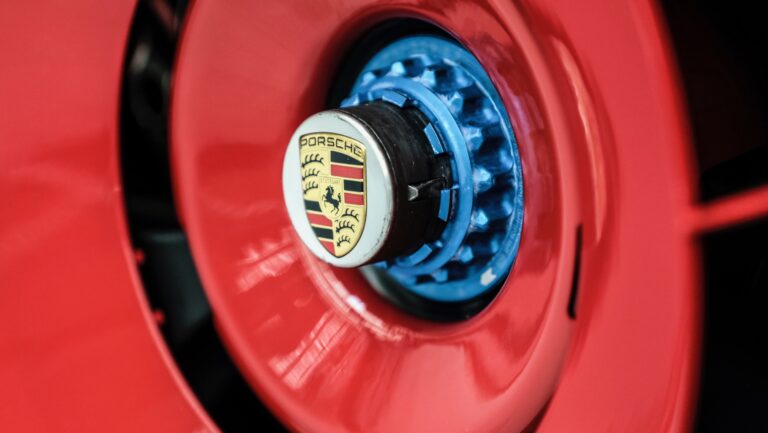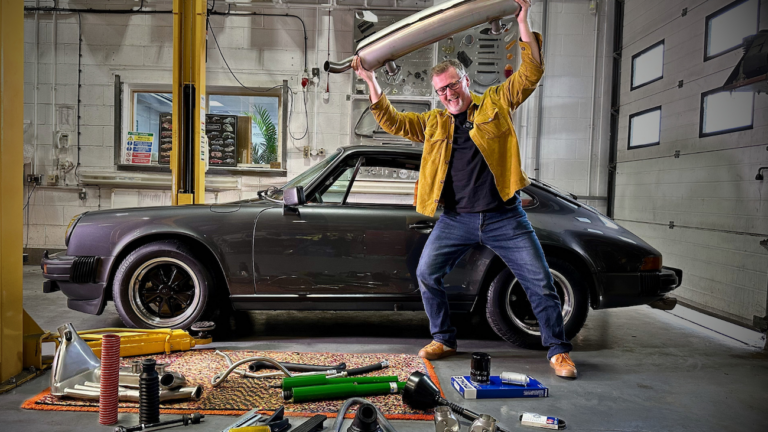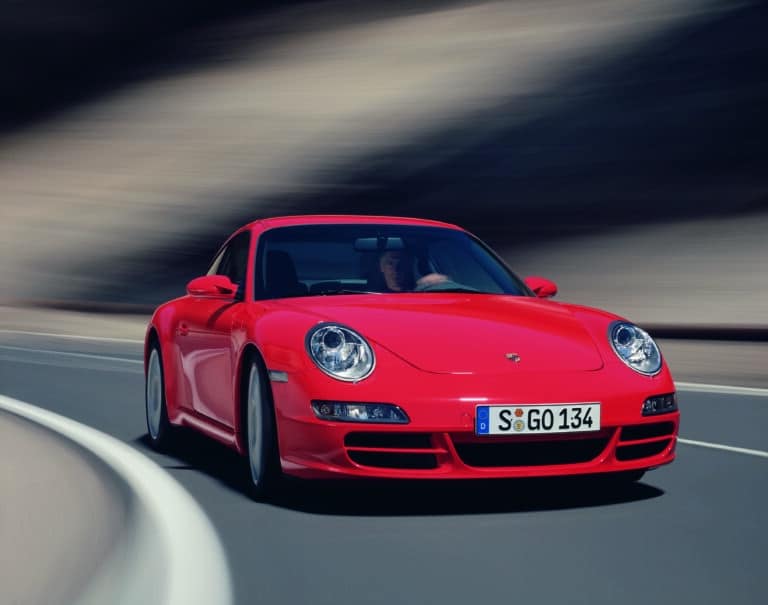 By Tim Pitt
2 years ago
By Tim Pitt
2 years ago
Porsche 996.1 and 996.2 GT3 buyer’s guide
Everything you need to know about buying a Porsche 996.1 and 996.2 GT3, plus which one is best for you
Why should you buy one?
With motorsport twisted into its DNA, the original 911 GT3 is a sublime driver’s car that’s on the cusp of becoming a blue-chip classic.
Porsche 996 GT3: the key facts
The arrival of the 996 GT3 marked a step-change in Porsche’s motorsport 911s. Gone was the Carrera RS model as a step-up from the everyday Carrera, the former replaced by ‘GT3’ as the homologation special. In years to come the arrival of the GT3 RS meant the regular GT3 would bridge the gap between Carreras and Rennsports in the proliferative 911 lineup, though of course it sat much, much nearer to its RS sibling. It was and is the gateway to Neunelfers with a distinctive motorsport flavour.
Today a GT3 of any generation is revered among enthusiasts and highly sought-after in the marketplace for its increased performance and, most notably, its rawness, though the 996 variants have found favour in recent years for being, in the Gen1’s case, the first ever GT3, while the 996.2 version can lay claim to being Andreas Preuninger’s first masterpiece.
Categories
How does the 996 GT3 drive?
Revealed at the Geneva Motor Show in 1999, the 996 GT3 was designed to homologate the 911 for endurance racing. Ironically, its success – built upon over six subsequent generations – means the GT3 name is now more synonymous with Porsche itself than any race series.
“It could have been called an RS, really,” says Jason Shepherd, sales manager at Paragon Porsche. “The 996.1 is more closely related to the racing cars than any GT product since. It’s the real deal.”
A trailblazer when new, the 996.1 already seems to hail from a bygone era. It has three pedals and a stick, passive suspension, no drive modes and no electronic safety net. Performance is modest by 2023 standards, too: 0-62mph in 4.8 seconds and 0-100mph in 10.2 seconds.
What you lose in outright speed, though, you gain back in abundant steering feel, nuanced handling and all-consuming excitement. The 360hp flat-six screams round to 7,800rpm, while adjustable suspension and Turbo-derived brakes inspire confidence at speed.
“The engine chunters and rattles on start-up,” continues Jason, “but 10 miles in, when everything has warmed through, it’s just fantastic. When I think about the first time I drove one, it still makes the hairs on my arms stand up. They just feel alive.”
Introduced in 2003, the 996.2 GT3 built upon these strengths with 381hp and beefed-up brakes, plus revised suspension and wider tyres. Porsche also raised the car’s ground clearance slightly, making it more practical in the mundane, everyday world of steep driveways and speed humps.
On the road, the Gen2 GT3 trades a little of its predecessor’s supple fluidity for higher cornering speeds and iron-fisted body control. It’s more physical and visceral to drive – and even faster around a racetrack. “You also notice the added grunt of the Gen2 car,” says Jason. “We reckon the uplift is more like 30-40hp, rather than the 21hp claimed by Porsche.”
Porsche 996 GT3: evolution of tech
The first GT3 was a true skunkworks special, built on a budget with no knowledge of the internet-breaking juggernaut this Porsche Motorsport sub-brand would become. Hell, even the internet was a pretty new concept back in 1999.
Priced at £76,500 when new, the 996.1 GT3 used an M96/79 dry-sumped engine with forged pistons and (frighteningly expensive) titanium connecting rods. Its crankcase came from the racing 911 GT1, while its six-speed G96/90 manual gearbox was pilfered from the 993 GT2.
Aesthetically, the GT3 flew almost under the radar, with a narrow body, 18-inch split-rim alloys, subtle side skirts and a curvy ‘taco’ rear wing. Its chassis setup was more serious, including rose-jointed front strut tops, adjustable anti-roll bars and reinforced mounting points to cope with the extra forces slick tyres could generate.
The GT3’s interior wasn’t vastly different to a 996 Carrera, although you couldn’t retain that car’s rear seats. It looks functional and rather dated today, albeit pleasingly driver-focused.
The 996.2 GT3 was the first car fully developed by Andreas Preuninger, still the godfather of all things GT-related at Weissach – and it represented a comprehensive update. You’ll immediately spot the ‘fried egg’ headlights of the Gen1 are traded for the later ‘teardrop’ lamps, while the rear spoiler has a simpler design.
The Gen2’s more fulsome front wings house lighter wheels with Fuchs-style ‘petals’ and wider tyres, along with six-piston callipers for the front brakes. PCCB carbon-ceramics were optional for the first time on a GT3, too.
Engine capacity remains at 3.6 litres, but Porsche introduced drive-by-wire and the Variocam system, boosting power, widening the spread of torque and lifting the GT3’s rev limit to a headbanging 8,200rpm. Lightened valves, pistons and con-rods, plus the loss of a crankshaft damper, also reduced the weight of the flat-six by 3.5kg.
What to look for when buying a 996 GT3
The biggest red flag with used GT3s is crash damage. “A large proportion of GT3s have been driven on-track,” explains Jason, “and while track use isn’t a problem in itself – the cars are designed to take it – many have been damaged and not repaired properly.”
Lift the carpets in the front boot and look for creases in the metal underneath. Lots of stone chips on the bodywork may also indicate a hard life – it could be ‘gravel rash’ from venturing beyond track limits. If your chosen GT3 has carbon-ceramic brakes, it’s important to get them inspected for cracks or stone damage. Replacements won’t be cheap.
Indeed, many GT3-specific parts, from the body kit to the suspension lower arms, come from Porsche Motorsport and are correspondingly expensive. “Prices for these cars were very low for a while and people skimped on maintenance,” says Jason. “Even today, now values have doubled since their nadir, the high cost of parts means some cars aren’t cost-effective to restore.”
One area of the GT3 that shouldn’t cause major problems is the ‘Mezger’ engine, which avoids the IMS and bore scoring issues suffered by some 996 derivatives. Look for oil leaks from crankshaft seals and listen for rattling timing chains. Be alert for slack in the gearbox, clutch and limited-slip diff when you go for a test-drive, too.
Needless to say, a full service history from a Porsche main dealer or respected specialist such as Paragon is essential. Modified cars should be approached with caution.
Lastly, this 911 is all about tactility and poise, and the right suspension geometry is key to that. Getting the alignment set up by a specialist could transform how your GT3 drives.
Example 996 GT3 costs from Paragon Porsche (all prices include VAT):
Parts
– Clutch replacement: £2,400 (excludes flywheel or rear main seal)
– Front brake discs and pads: £2,280
– Suspension check and alignment: £405
Servicing
– Minor service: £600
– Major service including spark plugs: £1,020
– Poly belt: £240
– Brake fluid: £132
Should you buy a 996.1 or 996.2 GT3? The experts’ view
“I’d have a 996.1 GT3 to own and a 996.2 to drive,” says Jason, sitting somewhat on the fence. “I prefer how the Gen2 feels on the road. Objectively and subjectively, it is a better car – that’s just progress.”
However, the Gen1 is also a special 911. It’s the first of the line, and a rarer sight – particularly in the UK. Only 106 right-hand-drive examples were sold here, out of 1,886 made in total.
“From an investment point of view, that makes the Gen1 a bit of a bargain,” Jason says. “We’ve got a lovely example in stock at Paragon with around 33,000 miles on the clock for £89,995. Compare that to the huge premiums people are paying for new GT cars, which are usually made in much larger numbers. The rarity of the Gen1 is very alluring. It’s super-cool – the essence of the 911.”
Take a look at quality GT3s for sale in the 9WERKS Marketplace
Porsche 996 GT3: the options worth having
“Buy the best car you can afford,” is Jason’s most abiding piece of advice. Whether you go for a Gen1 or Gen2, that means prioritising service history and condition, rather than worrying too much about spec. Remember, the number of cars to choose from is relatively small, particularly once you discount any that were crashed and thrashed during those wilderness years when 996 GT3s were cruelly under-appreciated.
Clubsport package
A standard GT3 is so-called ‘Comfort’ spec. This track-oriented package comprises a single-mass flywheel for quicker engine response, a half roll cage, high-backed bucket seats, six-point harnesses, a fire extinguisher and a battery cut-off switch. It’s far from essential, although Clubsport cars tend to command a small premium. Note: you may also find Comfort-spec cars with bucket seats and the roll cage fitted as options.
Air conditioning
This was a no-cost option. Definitely desirable for driving your GT3 in summer, particularly if you do attempt a few trackdays.
Stereo
Also a no-cost extra that most 996 GT3 buyers went for. However, listening to that high-revving naturally aspirated flat-six is no hardship.
Colours
We think the GT3 suits brighter colours, such as Guards Red, Lapis Blue and Speed Yellow. But silver, black and white shades were very popular when new, so there’s a broad spectrum of choice.
Porsche 996.1 GT3 technical spec
Years produced: 1998-2000
Cars made: 1,886
Engine: Flat-six, 3,600cc, naturally aspirated
Power: 360hp @ 7,200rpm
Torque: 370Nm @ 5,000rpm
Compression ratio: 11.7:1
Transmission: 6-speed manual
Suspension
Front: MacPherson struts with combined coil springs and dampers; anti-roll bar
Rear: Independent; multi-link; anti-roll bar
Wheels and tyres
Front: 8×18-inch; 225/40/R18
Rear: 10×18-inch; 285/30/R18
Brakes
Front: 350mm discs
Rear: 350mm discs
Length: 4,430mm
Width: 1,765mm
Weight: 1,350kg
0-62mph: 4.8 sec
Top speed: 188mph
Porsche 996.2 GT3 technical spec
Years produced: 2003-2005
Cars made: 2,313
Engine: Flat-six, 3,600cc, naturally aspirated
Power: 381hp @ 7,400rpm
Torque: 385Nm @ 5,000rpm
Compression ratio: 11.7:1
Transmission: 6-speed manual
Suspension
Front: MacPherson struts with combined coil springs and dampers; anti-roll bar
Rear: Independent; multi-link; anti-roll bar
Wheels and tyres
Front: 8.5×18-inch; 235/40/R18
Rear: 11×18-inch; 295/30/R18
Brakes
Front: 350mm discs
Rear: 350mm discs
Length: 4,435mm
Width: 1,770mm
Weight: 1,380kg
0-62mph: 4.5 sec
Top speed: 190mph
